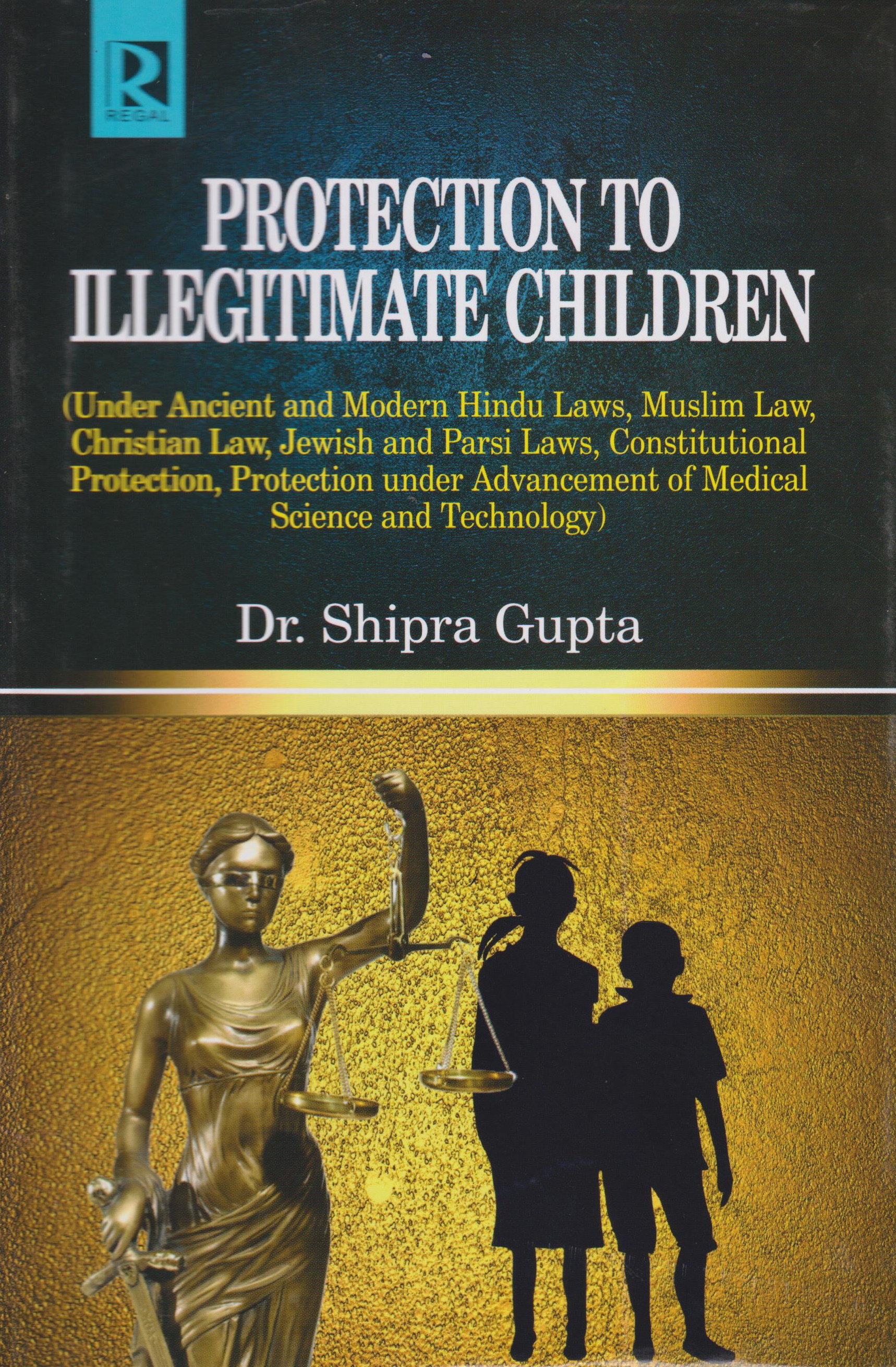
Something that the vast majority of writers have been doing for years and something that is one of the best resources an author has in order to learn the craft is taking in the stories of others. In point of fact, a passion for reading and storytelling is most likely what inspired many people to become authors in the first place.
If you look at a Monet painting and think that will teach you how to paint a masterpiece, then you are setting yourself up for disappointment if you expect that reading for enjoyment would automatically enhance and improve your own writing.
Even if you already read critically, analysing the positives and negatives of a tale, or routinely breaking down what you’ve just read or watched (in a manner that undoubtedly drives your non-writer friends and loved ones up the wall), is only the first step.
That is the equivalent of the first read-through of a story that is done by an editor: It provides a good general sense of what is working well and what areas may benefit from strengthening or developing, but it is not until the subsequent deep-dive analytical passes that an editor can determine on a practical and granular level what may not be holding together as well as it could, why this is the case, and how an author can make the story as effective as it possibly can be.
One of the most difficult aspects of editing one’s own work is developing the ability to view it with an objective and analytical perspective. It’s possible that you’re “filling in the blanks,” or making up details to bridge the gap between the story on the page and the one that’s playing out in your thoughts vividly right now.
But training yourself to examine narratives in the form of books, movies, television shows, and other media gives you the built-in objectivity of an editor, which you might not have with your own work. When you have the ability to recognise these components in the narratives of other people, it is much simpler to recognise them in your own narrative with the same level of objective clarity.
That does not imply that you need to get out your red pencil and transform into Max Perkins. Ironically, in order to conduct an objective evaluation of the success of a tale, you must first make use of a highly subjective instrument—namely, yourself and the responses you personally had while reading the story.
How are you personally impacted by this?
Taking note of your own reactions to a tale is the quickest and easiest method to get started analysing its components and determining whether or not it is successful. Think of this as the way you could summarise to a buddy a book, movie, or show that you particularly enjoyed (or didn’t enjoy) and ask them, “Did you like it?” What aspects of it did you enjoy (or not enjoy), and why? Why? It’s almost like a summary in miniature:
“I chuckled my way through it the whole time, but it’s got real heart, and there’s a surprise twist at the end that really packs a punch.”
At this early stage of the evaluation process, about your reactions to the story, try to be as thorough and comprehensive as you possibly can be. Were the characters believable, and were the struggles and quirks that they faced humorously recognised and relatable? Did it matter to you what occurred with them? Were there a series of exciting and surprising turns in the plot, and did the situations become either more entertaining or more dangerous as they progressed? Have you enjoyed (or been turned off by) the conversation, the action, or the relationships? Did the plot keep you guessing until the very end, take you by surprise at the conclusion, and leave you with a sense of fulfilment?
Keep asking yourself what aspects of the narrative stuck with you, what had an impact on you, and how it made you feel when you thought about it. What I refer to as “feeling the tale” is the equivalent of the first cold read that a good editor does of a manuscript. At this point, you aren’t giving much thought to anything in particular; rather, you’re focusing solely on how the narrative made you feel.
As soon as you have a rough idea of what the tale is about stored in your head (or written down, if that’s how you process information best), you can begin to zero in on specific details.
In what ways are you being impacted?
Once you have determined what is causing you to react in a certain way, you should reread the section in question to determine exactly where in the narrative those sensations and responses were triggered.
When did you first become interested in what happened to the character, and why did you care what happened to her? Were there any parts of the book where you were able to set it down and not feel strongly drawn to pick it back up (or press pause), but there were other parts when you were unable to resist turning page after page? Where in the narrative did you feel things like being on the edge of your seat, experiencing strong emotions, or becoming disconnected at any point?
Find the particular areas in the story (what part of the narrative, what scene, what phrase, even what word) that prompted your feelings and impressions, and then identify those spots. Marking these locations using post-it notes or other types of “flags” can be beneficial here (for step three, below).
The key is to be as specific and granular as possible: “I was all-in on the protagonist in act one” is helpful; “The scene in chapter two where we see how careful she is with someone else’s dog while pet-sitting really hooked me” is better; “The moment she tasted the can of dog food before feeding it to her friend’s beloved pet made me love her” is the clearest and most useful of all of the possible explanations for why you like the character.
Step 3: What makes you susceptible to this effect?
When you get to this point, you’ll be able to start transforming your subjective perceptions into an objective evaluation. Your responses to a story aren’t occurring by accident; competent authors employ craft skills consciously to generate the effect they wish to have on their readers. To put these strategies into practise in your own writing, it is essential to first have an understanding of how other authors approach similar tasks.
Dig deeper by using your responses and the precise places that aroused them. What exactly elicited your response, and how did the storyteller manage to do that? When responding to these questions, try to be as specific and concrete as possible.
Continuing with the (perhaps revolting) example from before, let’s imagine that the main character won you over by sneaking a taste of the dog’s food before giving it to him or her to eat. What was it about that particular thing that captivated your attention? What did it reveal about her personality that caused you to like, care for, or invest in her?
Did it imply that she is thoughtful and respectful of the things that are important to other people? Did it demonstrate how seriously she takes being entrusted with something that a friend loves, or how attentive she is about duty, or even just how much she loves dogs (which, believe me, is more than enough to win over devoted dog lovers)? Did her humorously awkward and unexpected move give you the impression that she puts forth a lot of effort to make things right, that she comes up with resourceful solutions to unexpected challenges, or that she is willing to do anything at all to get the job done?
Because of your responses, you’ve just uncovered a whole host of strategies that you may employ in your own writing to make a character appear in a way that is relatable to the reader or engaging to them. Craft recommendations like “Make readers invest in your primary character” may be wonderful writing advice, but they are somewhat general and ambiguous. For example, “Make readers invest in your major character.”
But by actually analysing in this manner how other stories and storytellers do this successfully (or unsuccessfully—paying attention to what doesn’t work in story can be just as enlightening as paying attention to what does) is how you learn, viscerally and concretely, how to put your intentions on the page.
You can start to construct a toolbox of strategies that you can use in your own writing to effectively convey the story you intend to tell if you develop the habit of paying attention to the responses you have to the narratives of other people and breaking down each component that provokes a response or reaction in you. If you train your editor brain in a certain way, you will not only become a better storyteller, but you will also become a better editor of your own work.

